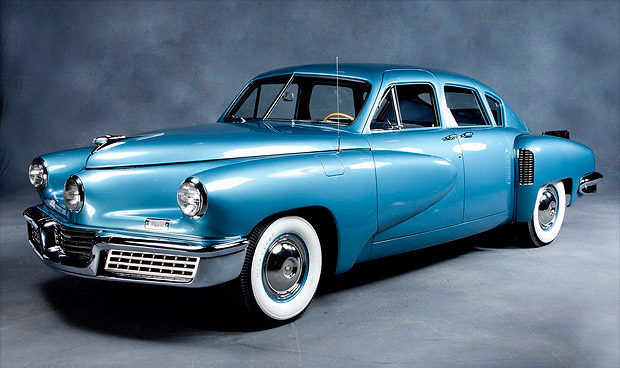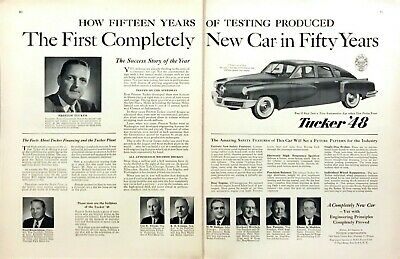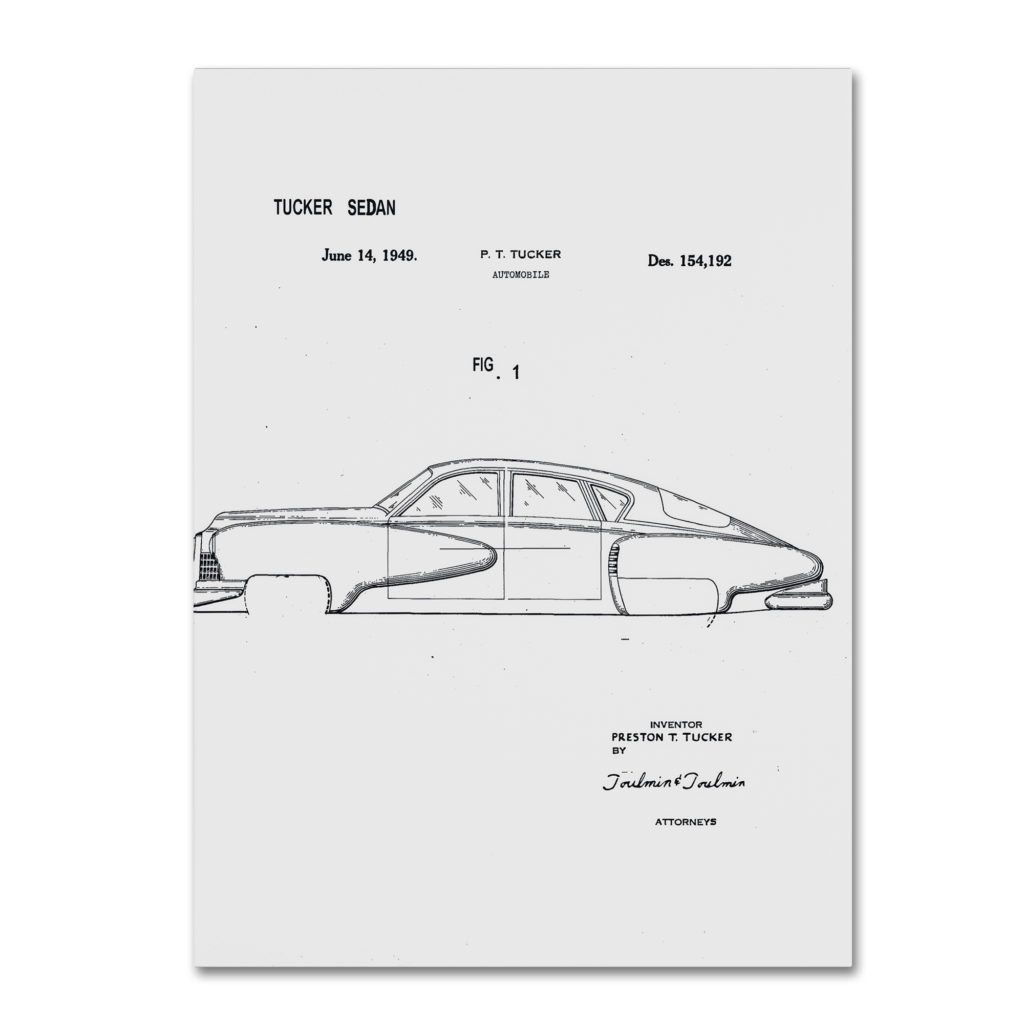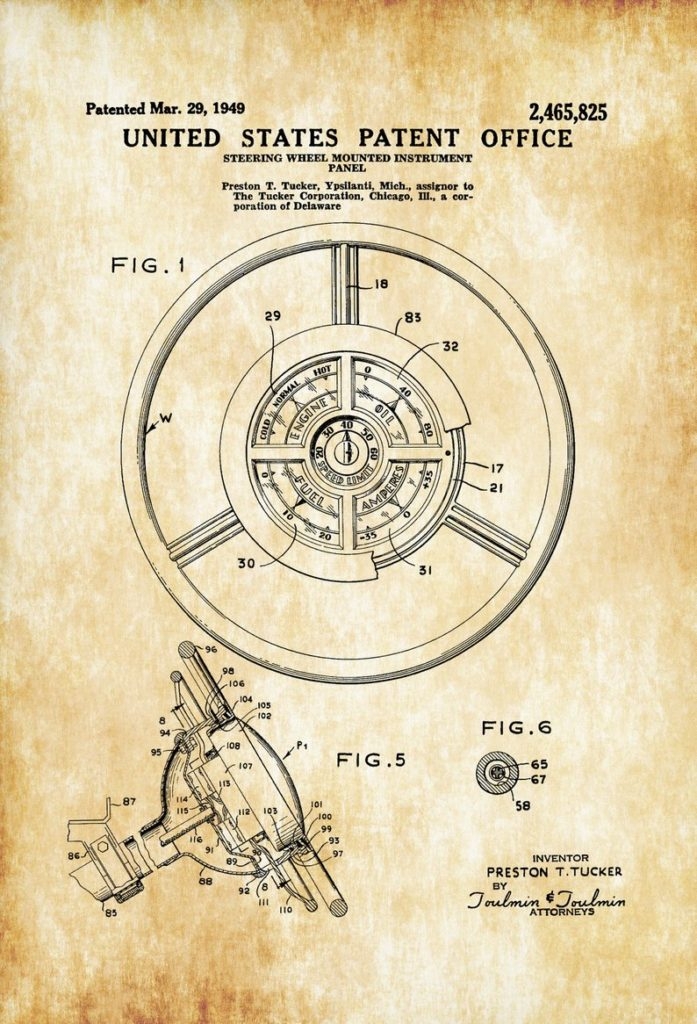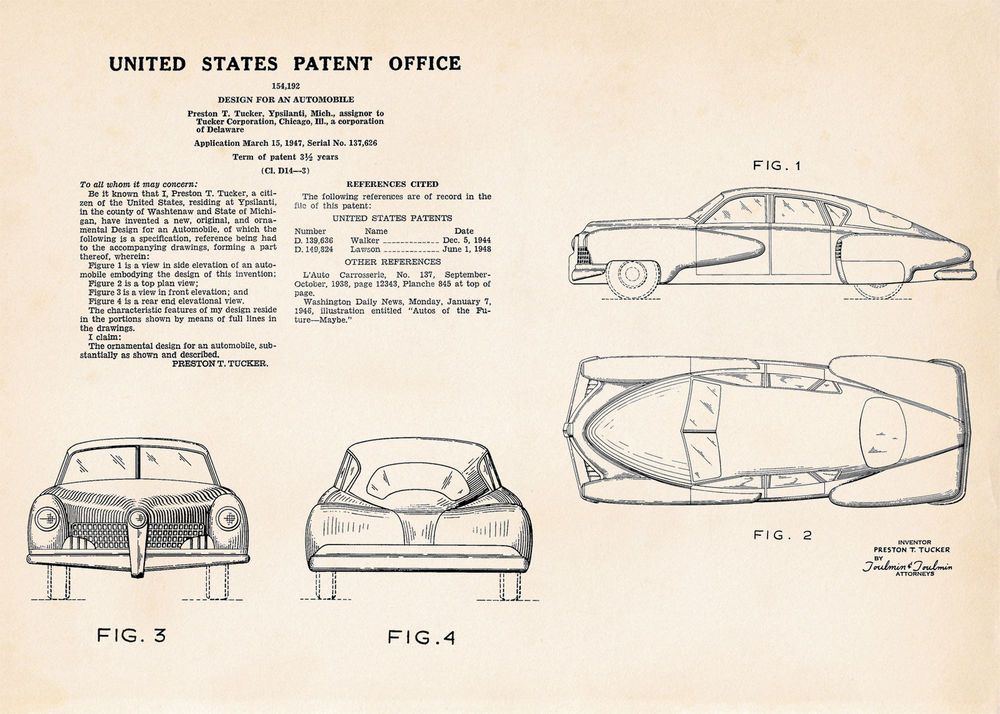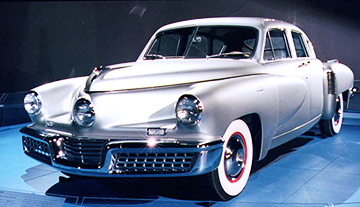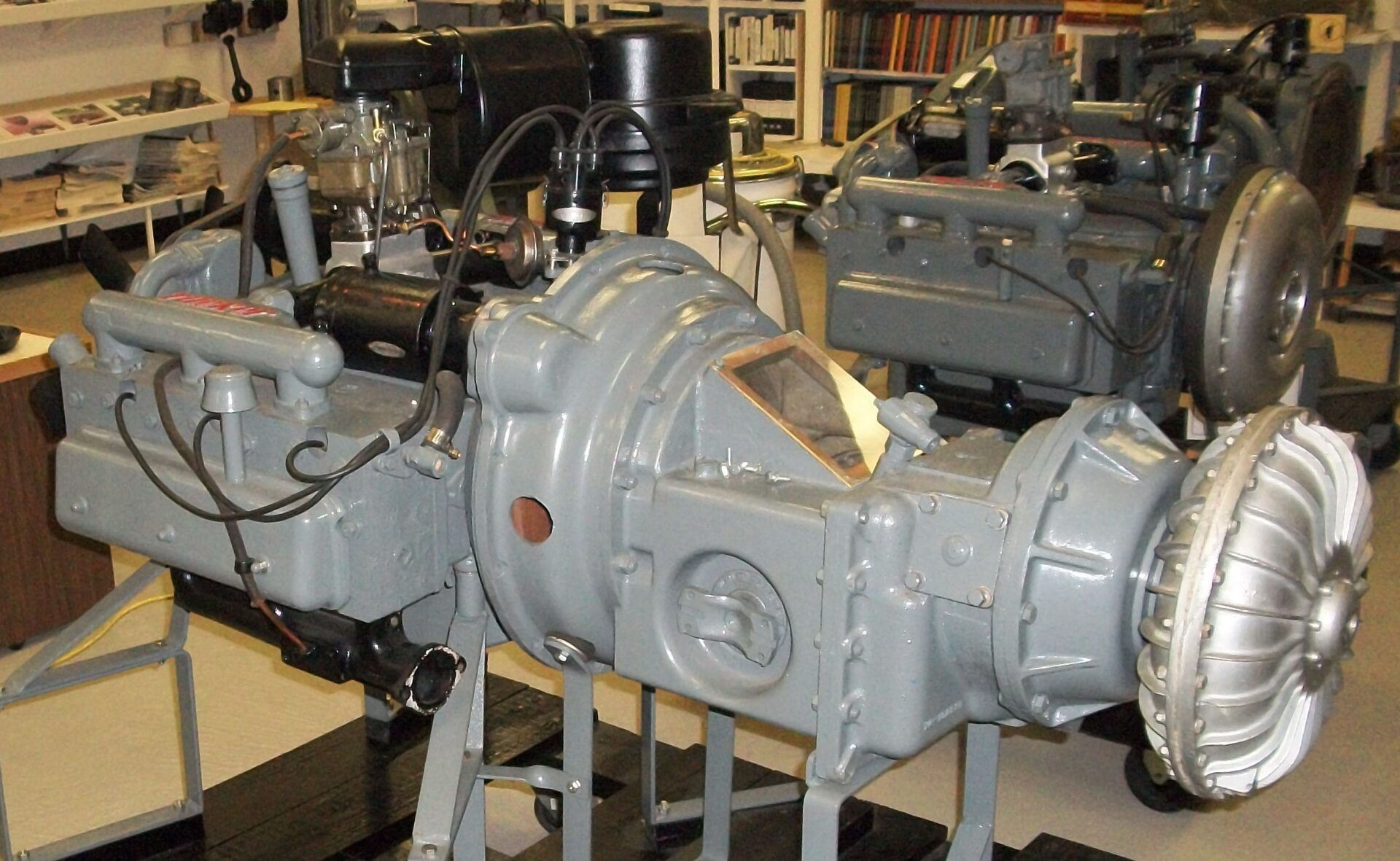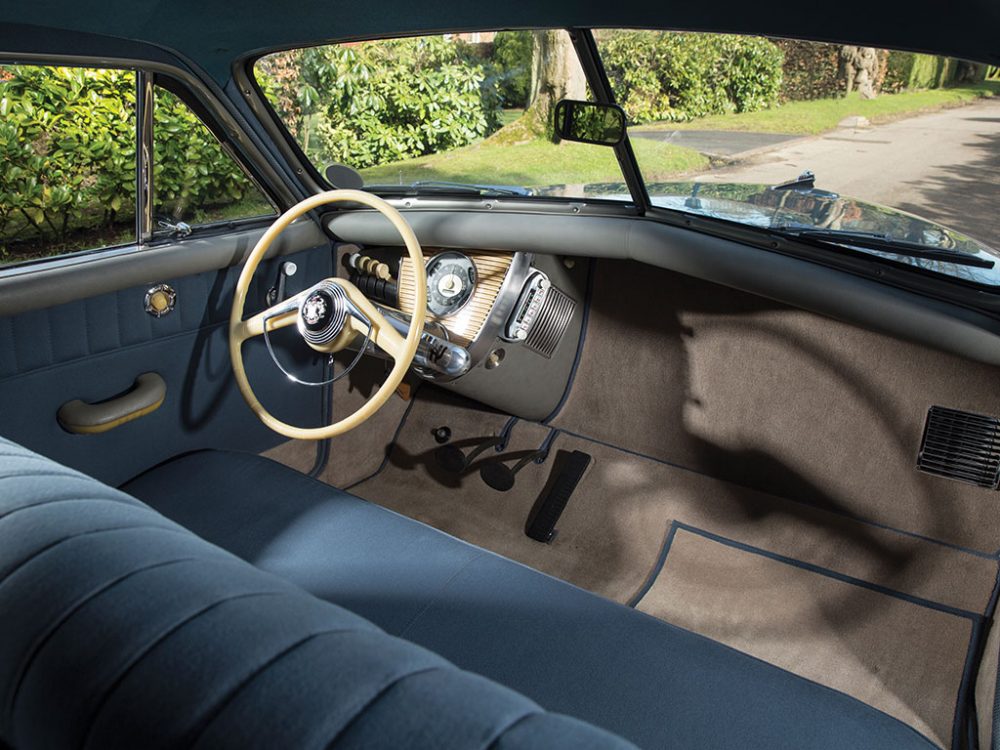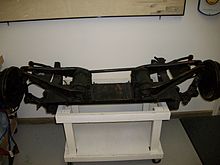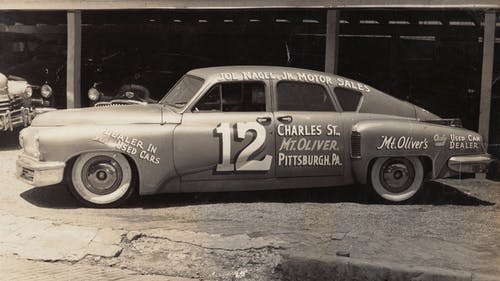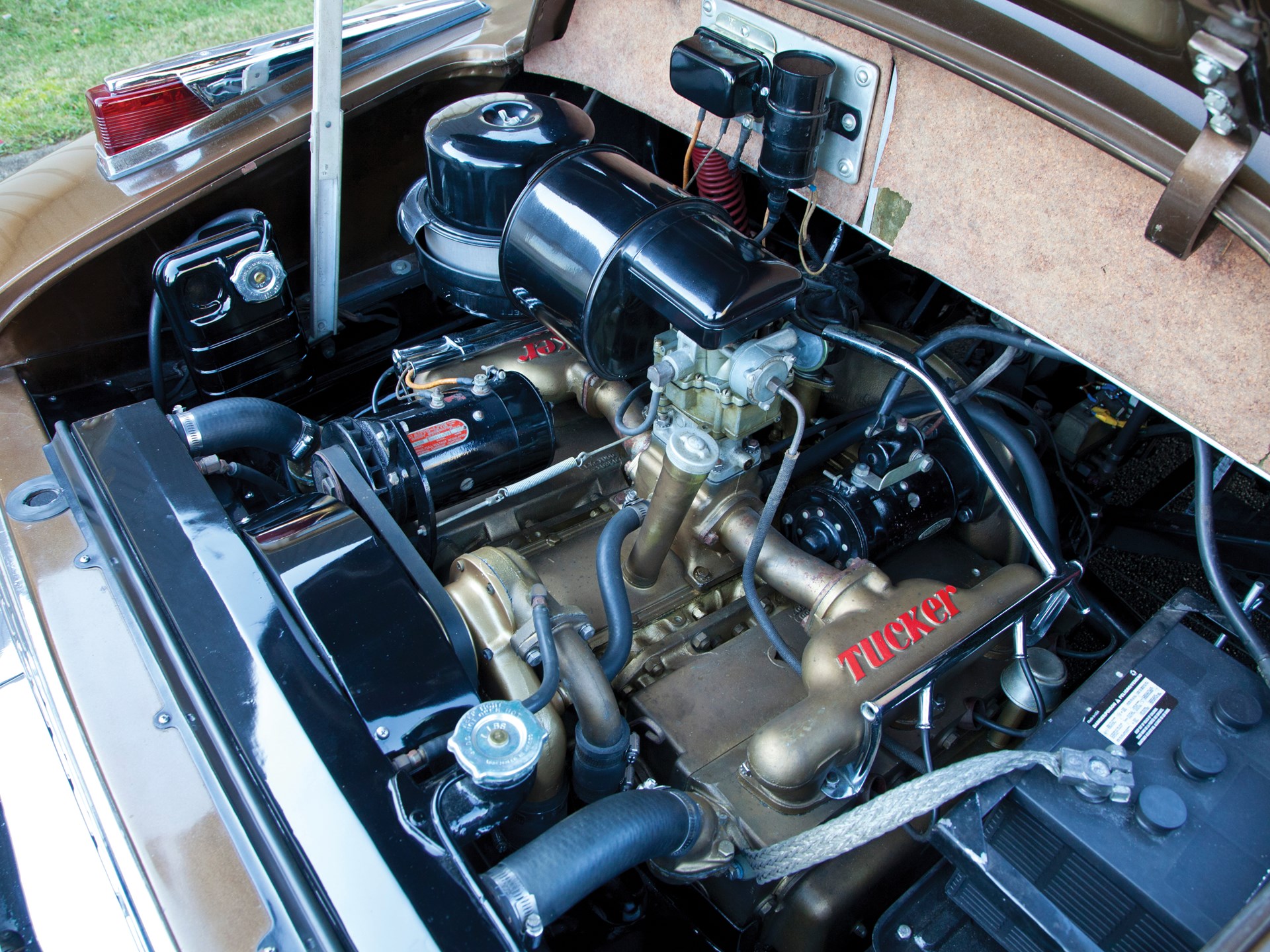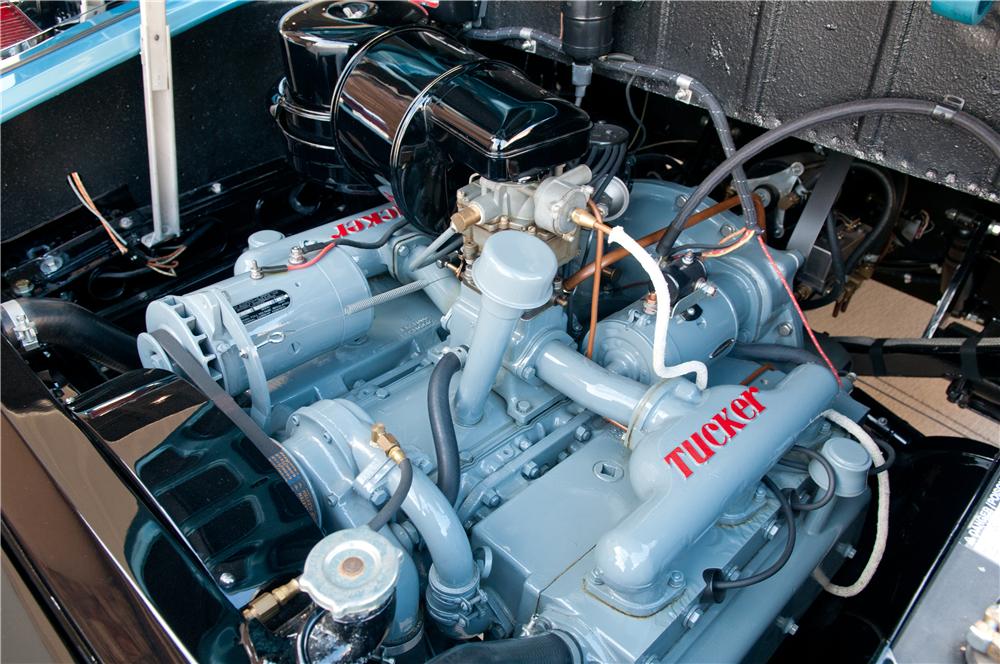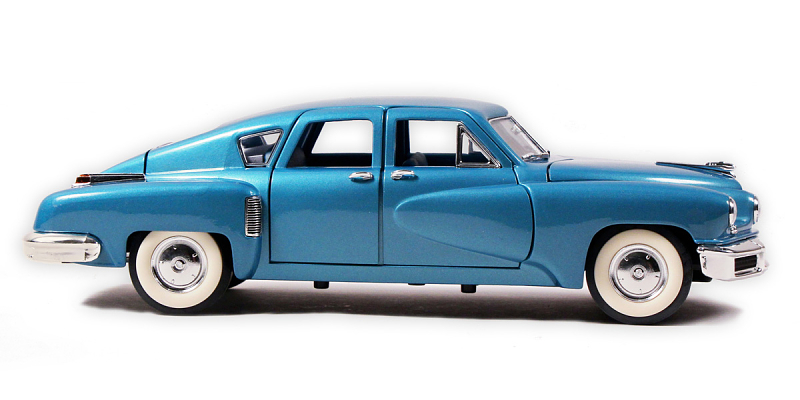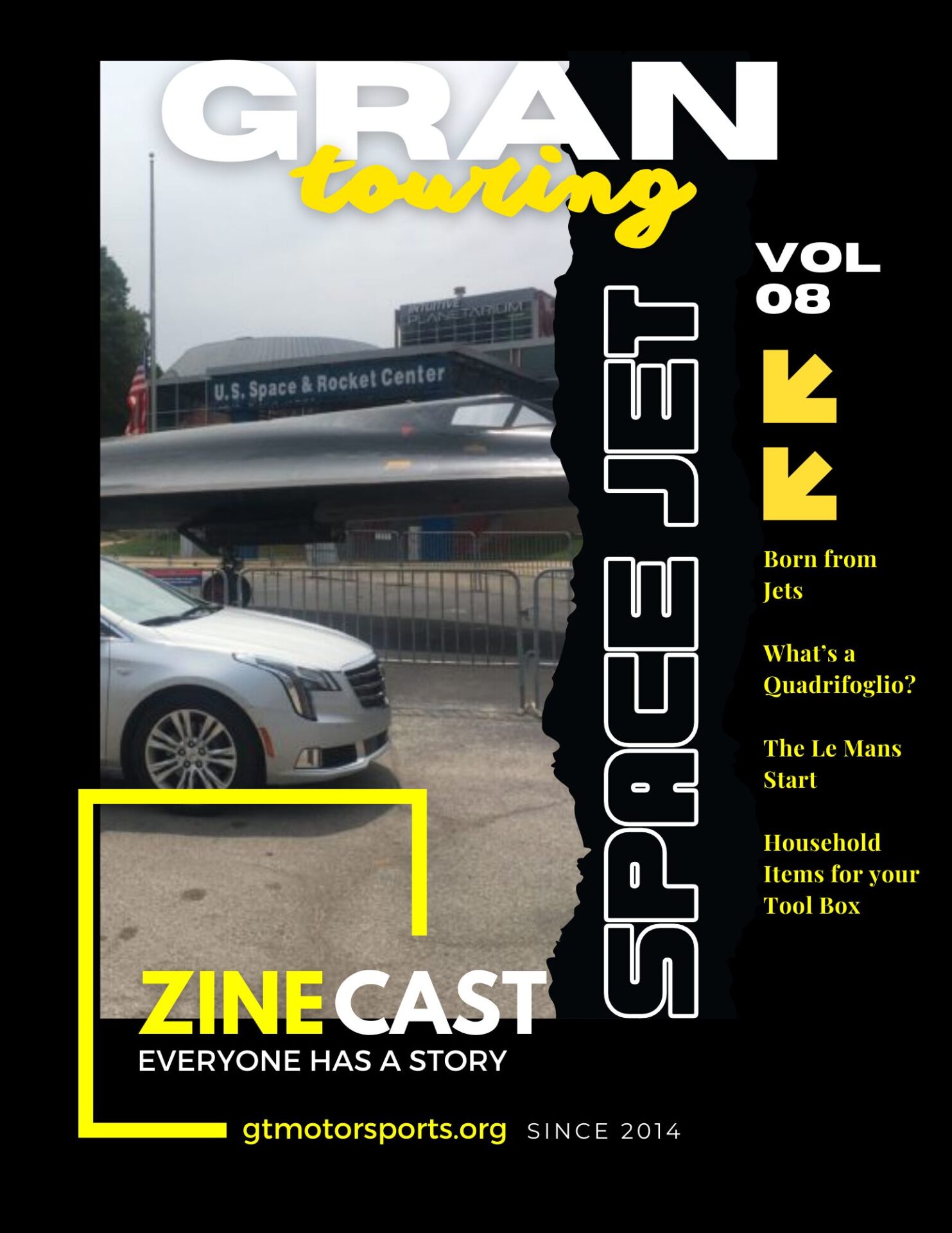The pace in which automotive technology and innovation has leap-frogged since the first car was invented in the late 1800’s is astounding! Often times, there are vehicles that don’t make it past the concept stage, or are purpose built racers, or just die off before getting a footing in the community (*cough* Edsel) – and there are some that seem to linger forever. History and popular opinion seem to make those decisions in the end. However, in my latest series, I thought it might be nice to bring to light some vehicles that changed the automotive landscape – some for the better and others not so much, some you may know and others, well… that brings us to the story of “the Tucker ’48”.
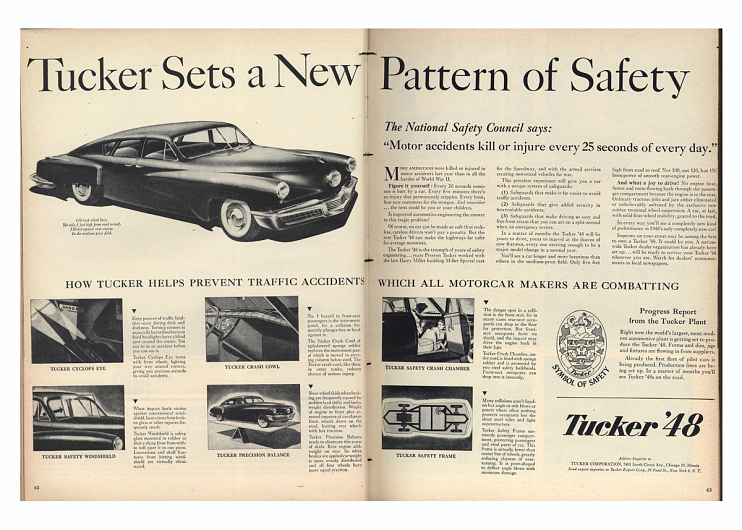
Let’s face it, many people may have no idea what a “Tucker ’48” is or that it even existed. Our grandparents might have heard of it referred to as the “Tucker Torpedo” – although it was never officially named that since it was believed people would have had too many fresh thoughts of WW2 on their minds. But looking back, the ’48 was a fleeting dream.
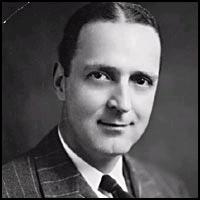
The Tucker ’48 was the creation of Preston Tucker. Preston grew up fascinated with cars and worked for companies like Cadillac, Ford, Chrysler and Dodge. Preston, much like Ricky Bobby “wanted to drive fast” and would eventually join with Harry Miller (famous Indianapolis 500 winning engine builder). And together, in 1935, they would form “Miller and Tucker, Inc” working on race car development until Harry’s death in 1943. Heck! – They even built race cars for Henry Ford! Later, Preston ventured into producing vehicles for the military and aviation in support of WW2 prior to designing the ’48.
>back at the ranch<
During World War II the major automobile manufacturers had shifted their focus on war support which did not allow for development of new automotive designs and very few people were buying. But when a freshly returned G.I. hit our shores, what was the first thing he wanted to do with his money? – “Buy a New Car!” – That being said, when the war came to an end this was an opportune time for small, what we would consider today “boutique” manufacturers, to break into the market. And so, Preston decided to start his own automobile company, The Tucker Corporation.
Another manufacturer you might have heard of: Studebaker was also starting to blossom and like Tucker was the only other manufacturer offering new car designs and fresh ideas, ones the public hadn’t seen since 1941.
Preston designed his vehicles using a “safety first” approach and introduced what people considered then “futuristic concept features.” In his design it called for a fuel injected flat-6 rear mounted engine and transmission with a water cooled aluminum block, four-wheel independent suspension with disc brakes all the way around, instruments within reach of the steering wheel, a padded dashboard, and seat belts! (which were not fully adopted in the automotive industry until President Johnson made them mandatory in all vehicles in 1968).
The birth of the Tucker ’48 was not an easy one. Preston hired car designer George S. Lawson to work on the design for over a year and a half prior to the initial public concept debut (somewhere between February of 1946 and March of 1947). Due to disagreements and various other challenges with the layout, multiple other designers were brought in before the first ’48 rolled off the assembly line. To make matters worse the U.S. Securities and Exchange Commission brought about an investigation into the Tucker Corporation and the Tucker ’48s designs… nothing major, just something about fraud and embezzlement. Eventually all the charges against Preston and Tucker Corp were dropped, but the damage was done and public opinion of the company was tarnished (before they even made their first sale!).
[editor’s note] more Tucker-48 photos available in our Shutterfly vault.
The final product was a very unique and distinguished car for the time. The suspension, for example (above, 2nd row, center), was not like a common car of the era with steel springs but was technology carried over from Preston’s racing days with elastomeric (rubber) independent suspension. The center headlight was known as “the cyclops eye” (above, 1st row, left) and would shine in the direction the car was being steered if the turn was greater than 10 degrees, aiding the driver to see around corners at night. Since multiple states had laws at that time making more than 2 headlights illegal, he fabricated a cyclops eye cover for vehicles that would be sold in those locations. Tucker offered transmissions that were also unique including a primitive Continuously-Variable Transmission (CVT) called “the Tucker-matic” which included options that used electro-vacuum shift controls and even an updated version with 2 torque converters.
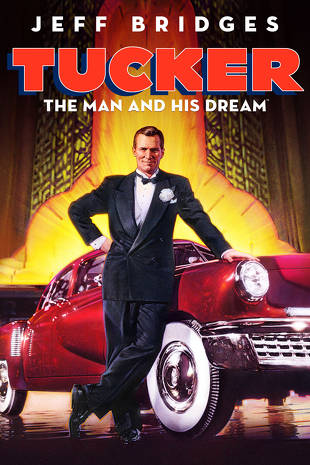
I could go on-and-on about the Tucker Corporation and the ’48, I find it absolutely fascinating. Meanwhile, in that TL:DR / Cliff Notes way, you can skip all my rambling and watch the Francis-Ford Coppola directed movie starring Jeff Bridges from 1988 detailing Preston and the Tucker ’48 called “Tucker the Man and His Dream“. The movie summarizes Preston’s origin story and focuses on the hardships of making the ’48 and goes deep on the SEC investigation and court cases. For anyone that is interested, the movie is currently available (FREE with Ads) on the VUDU streaming service.
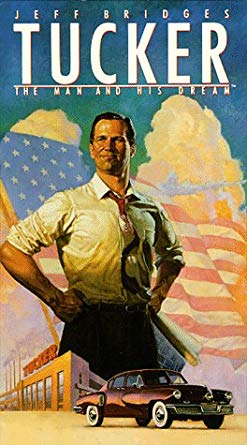
In the end, it was disappointing to see that the Tucker ’48 never made it, and in my opinion most of what happened to the company was a witch hunt inspired by jealousy from the Big-3 because of how different and advanced Tucker’s car was in comparison to the standard / mass produced vehicles at the time. I really appreciate the ingenuity and tenacity of Tucker, and I believe that his car was way ahead of its time. Sadly only 51 (50 road going cars was the legal limit to be a viable manufacturer back then) of these cars were ever officially made, although remaining parts were used to piece together a few others afterwards. A part of me still wants to see one of these up-close, maybe at a Classic Car show, but until then… #neverstoplearning


